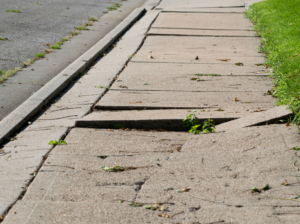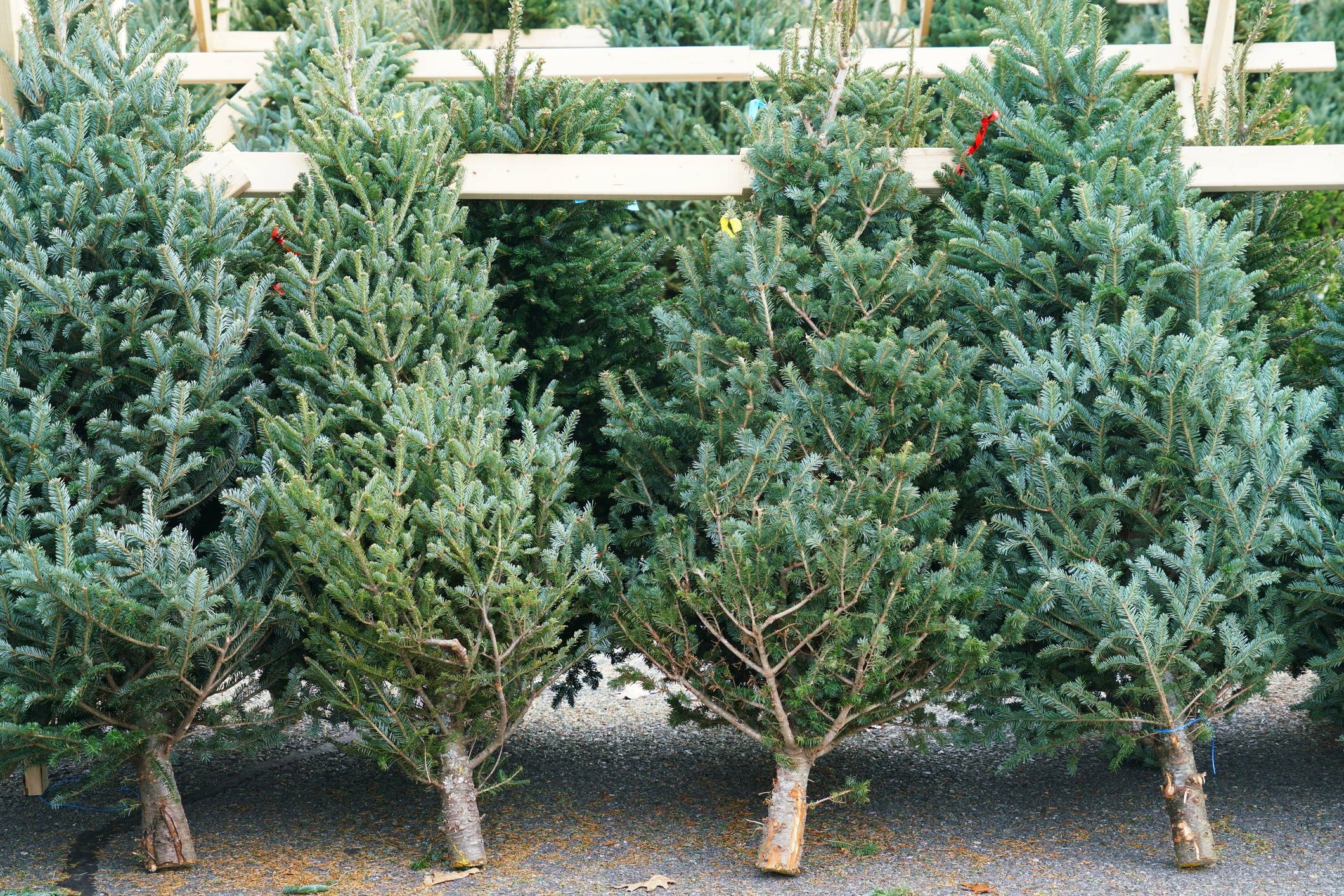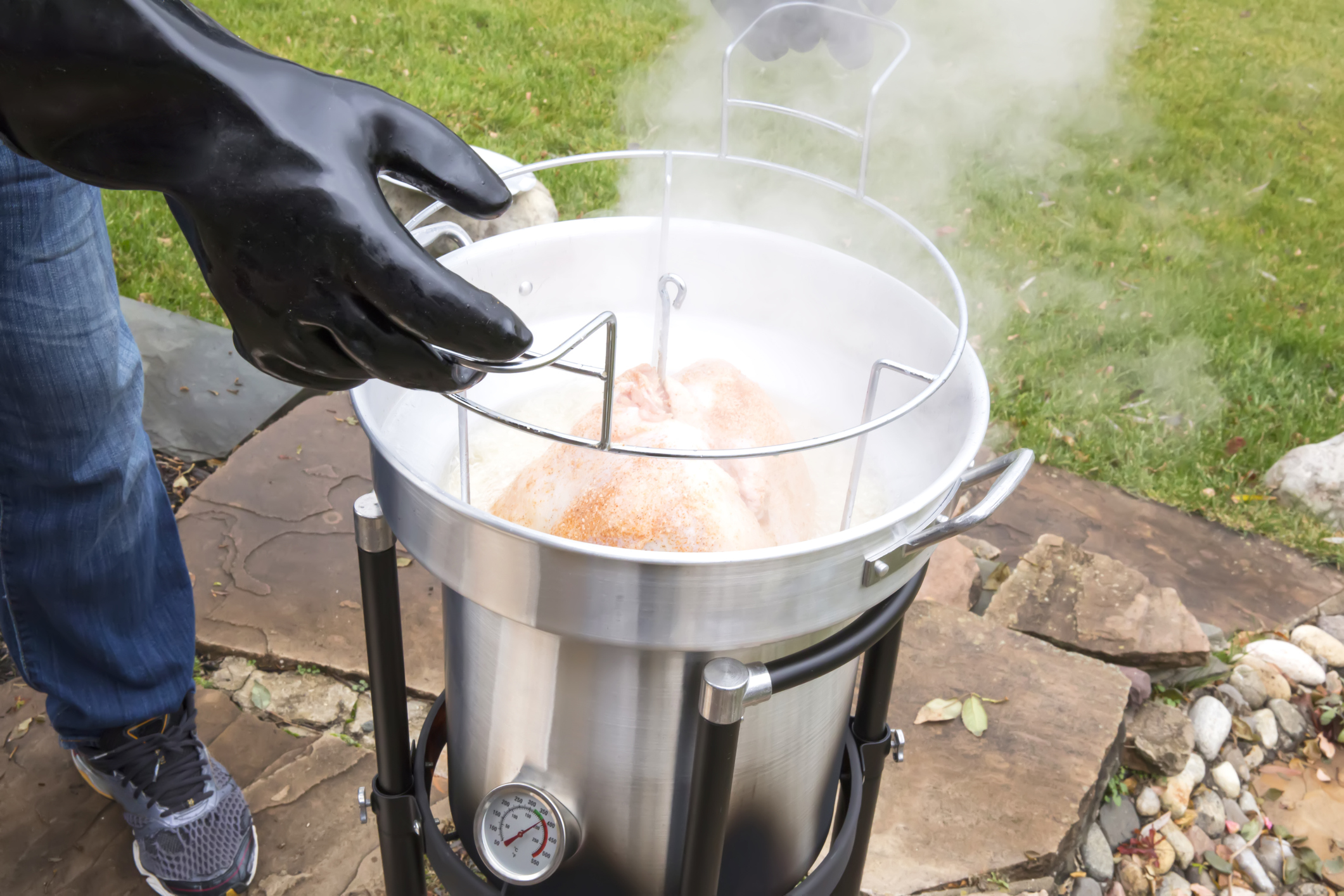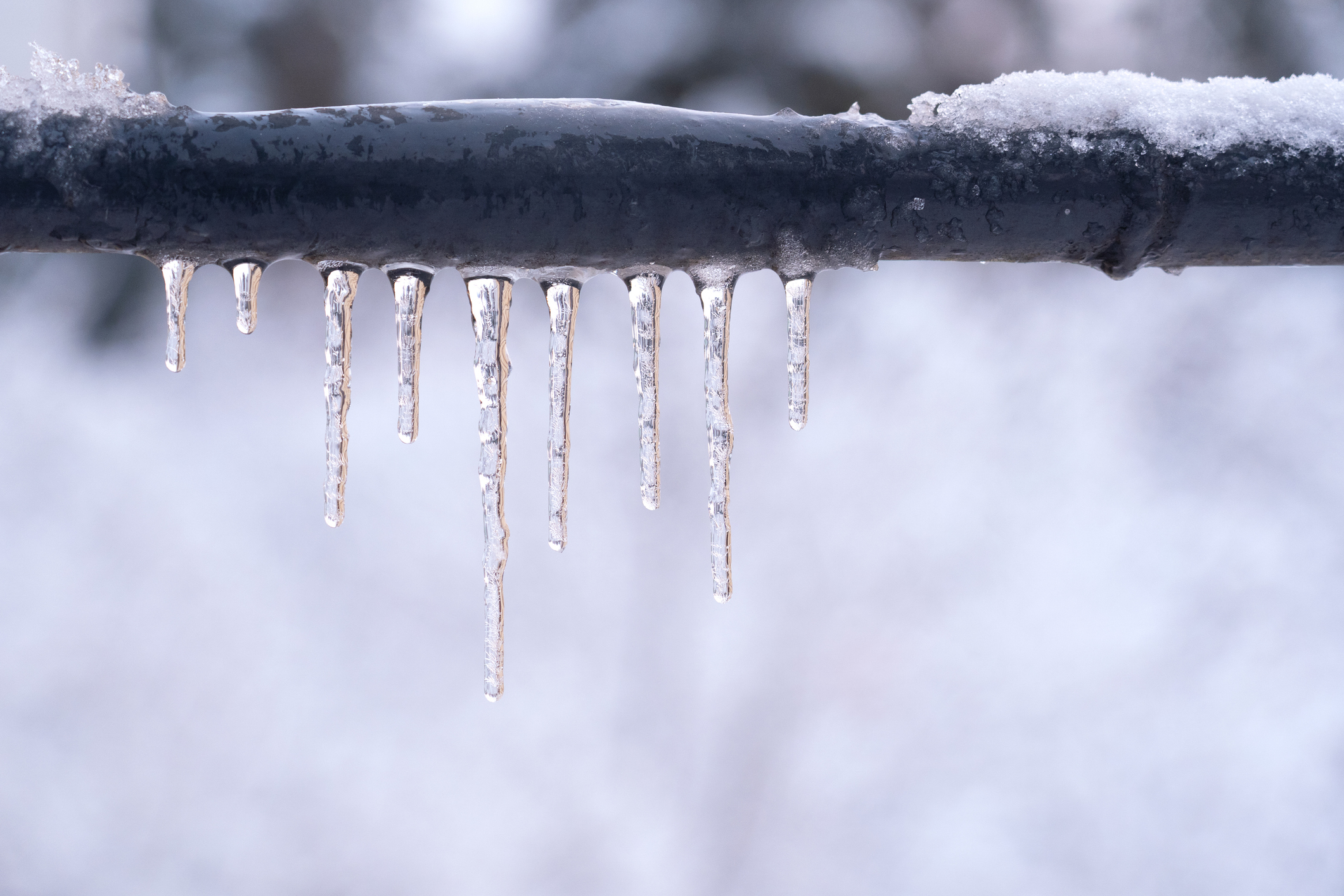Roots of trees within sewer pipes are a monstrosity. Homeowners have clogged drains, slow drains, or even sewage backup because of this silent issue. Tree roots continually look for water, and your sewer pipe contains it. Roots penetrate your pipe when they find even the smallest crack, and start growing in the pipe, filling up the passageway and ruining the pipe.
In this guide, you’ll learn how to detect the early signs of tree root problems and how to prevent them. We’ve kept the language easy and the steps simple, so anyone can follow.
How Tree Roots Enter Sewer Pipes?
Roots grow underground, spreading out in all directions from the tree. When they sense moisture in the soil, they naturally grow toward it. When your sewer line has a tiny leak or loose fit, water flows onto the ground. Roots detect that water and push their way into the opening. There, they grow at an incredible rate since they now have unlimited amounts of water and nutrients from the sewer. The roots eventually clog the pipe or even burst it.
Older houses with clay or cast-iron pipes are more at risk since such pipes do break very easily. But even newly installed PVC pipes are a problem if they move or get damaged.
Early Signs of Tree Roots in Sewer Lines
One of the first signs of a tree root problem is slow draining. You may find your toilet, bathtub, or sink taking longer to drain. It may start with one drain but can be the whole house eventually.
If you are still having recurring clogs, especially in several drains, roots in trees are likely the cause. One other indicator is gurgling sounds from your drains or toilet. These happen because there is air that is getting trapped due to an obstruction in the line.
You can even smell foul odors within and around your home. That odor may be sewer gas leaking from a damaged or plugged pipe. Every now and then you notice water or sewage running into a bathtub, shower, or toilet—that’s an emergency situation. Outdoors, you might notice areas of really green or growing very fast grass. That is a sign that sewage is leaking in the ground and nourishing the roots.
Verifying the Problem
In order to get certain that roots are the issue, you need to have a professional examine your sewer line. The most ideal method is a video inspection. Your plumber will put a tiny camera inside the pipe to find out what’s going on. You’ll get to see the roots, cracks, or whatever else obstructs the passage. This helps determine the proper solution for your condition.
The Harm Roots of Trees Can Do
Roots are small to start with but cause tremendous damage in the long term. They initially just slow the flow of water. As they grow more, they even cause a blockage of the pipe altogether. Wastewater will no longer exit, and it starts flowing back into your home. In worst-case scenarios, the roots can even burst the pipe or crush it completely.
Such damage not only costs a lot of money but is also dangerous to health. Sewage overflow introduces bacteria, smell, and mold. Fixing is extremely costly, particularly if you need to replace the whole pipe. It is because of this that early fixing is so crucial.
How to Remove Tree Roots from Sewer Pipes
If roots have entered your pipes, you may be able to try a number of measures to get rid of them. One of them is widely used and it is mechanical root cutting. It is performed by applying a revolving blade that cuts the roots in the pipe. It shatters the clog but doesn’t stop the roots from regrowing.
Hydro jetting is also another option. It utilizes water at high pressure to scrub the pipe. It is actually a very effective technique, particularly if the pipe is new and strong. But it might not be of much assistance in case the pipe is old or fragile.
Some residents employ chemical root killers. Chemical foam treatments kill roots without harming the tree. They also line the pipe to retard future growth. Use only approved, safe chemicals and directions exclusively.
If the roots have done a tremendous amount of harm to the pipe, you might need to fix or replace it. In others, there is trenchless pipe fixing. This technique does not dig up your yard and inserts a new pipe within the existing one. Full replacement of the pipe might be your sole alternative in the case of severe damage.
Keeping Tree Roots Out
Prevention is the answer. Start by locating where your sewer line is. Do not put trees or large bushes too near where it is. If you must plant, plant smaller root system plants like dogwood or Japanese maple. Do not plant invasive root fast-growing trees like silver maples, poplars, or willows.
Anothere smart idea is installing a root barrier. A root barrier is actually a wall that is inserted between the tree and your sewer line. It directs roots down or in some other direction from the pipe. Root barriers are installed during landscaping or in a repair phase.
Regular sewer inspections are also important. If you have trees above your pipes, inspect your sewer line every two or yearly. A camera inspection in and out of your pipes will detect root growth before things get out of control.
Caring for your pipes helps too. Older pipes leak and deteriorate. If your home is more than 30 years old, have the sewer line inspected by a plumber. Putting in a new sewer line constructed of better material can keep roots from entering in the first place.
Safe root-killing chemicals can be used every few months as part of your regular maintenance as well. These treatments maintain growth within the pipe at manageable levels before it becomes severe.
When to Call a Professional
While DIY methods can help with small problems, you’ll need a professional for serious root issues. If your drains stay slow even after clearing them, or if backups happen often, it’s time to call a plumber.
These experts also have equipment and experience to clean and inspect your sewer line safely. They also provide long-term solutions such as tree removal or pipe replacement in case the situation demands it.
Repair Costs of Root Damage
Prices will vary based on how bad the problem is. An average root cutting will cost $150 to $500. Hydro jetting will usually be several hundred dollars additional. Chemical solutions are the most affordable, typically below $100. A full camera inspection will cost $150 to $300.
If the pipe needs to be fixed, trenchless repairs take anywhere from $2,000 to $6,000. A replacement of the entire sewer pipe is $5,000 and upwards. These figures show just how crucial prevention is—it’s much more affordable than fixing when it happens in an emergency.
Conclusion
Tree roots in the sewer lines are a minor issue but turn into a gigantic nuisance if you miss them. They block the pipes, create clogs, and waste unnecessary money on repairs. If you catch them early enough and act fast, you can stop the damage from spreading.
Don’t forget to have your pipes checked regularly, don’t plant trees on or over your sewer line, and use root control products when needed. Keep your pipes in good condition and get ahead of the problem.
Through these simple steps, you’ll save money, keep your home safe, and feel great about it.
If the worst happens, you can always contact 24 Hour Flood Pros for expert sewer line repair or replacement services.






